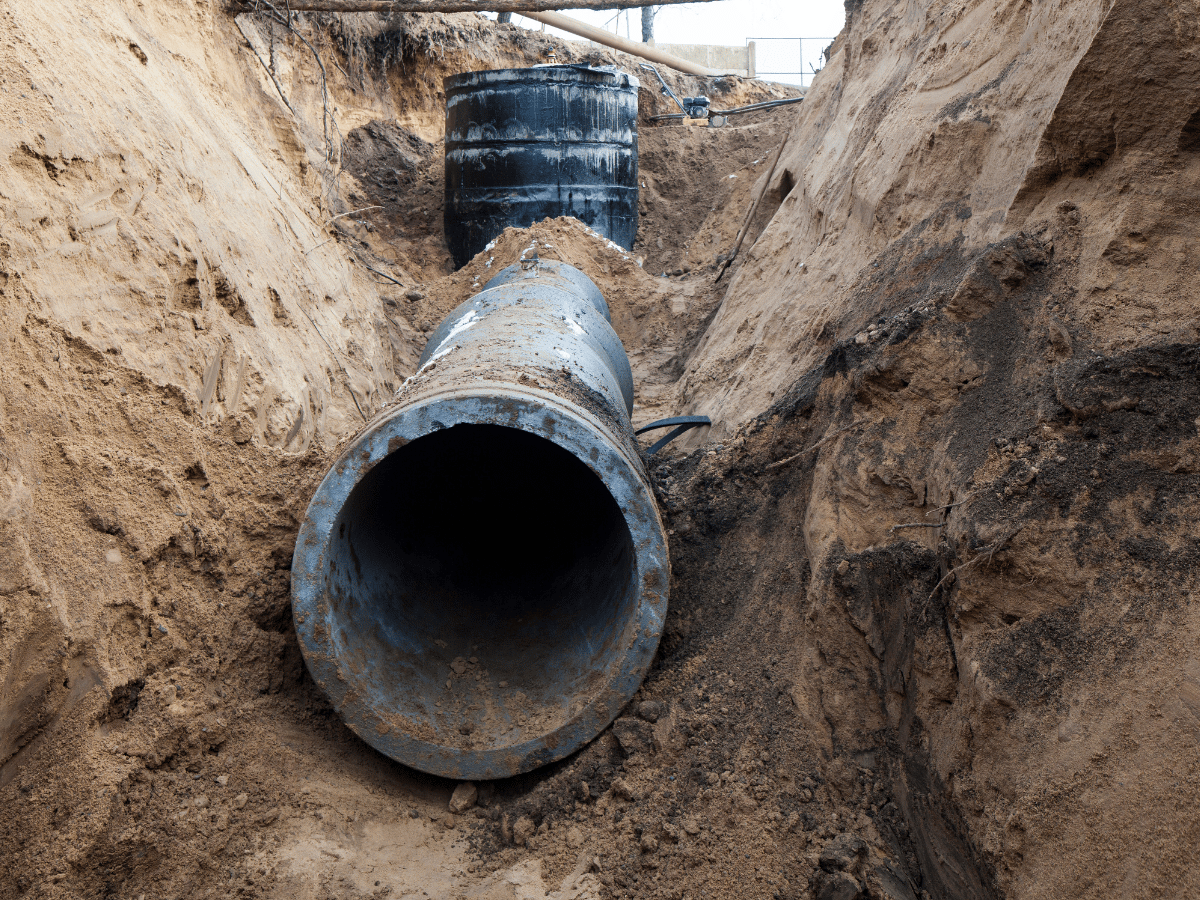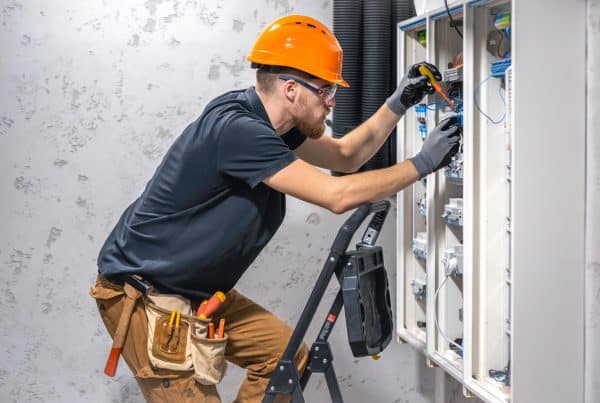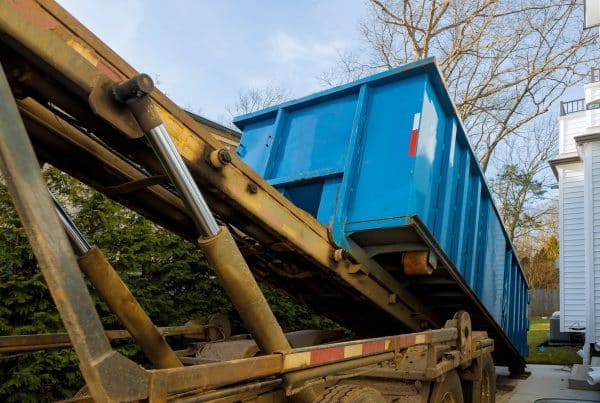Regular sewage cleanup is essential if you want to protect your family and your home. Doing so prevents dangerous toxins from leaking from the sump pit. These toxins can damage your property and cause health problems for your family.
Nonetheless, even if you clean our sewage lines regularly, there will still be times that they will get damaged for some reason. This article is all about damaged sewer lines and what you can do to mitigate their adverse effects and lower repair costs.
What Happens When You Have a Damaged Sewer Line?
Damage to the sewage system can have adverse effects on your health and the structure of your property. However, it is sometimes difficult to deal with sewer problems because the majority of its components are underground.
Yet, failing to resolve the issue can lead to the following:
1. Property Damage
Sewer damage is inconvenient because it will get in the way of your day-to-day activities. It will normally show up as stains, cracks, and warps on your home’s flooring, which could also extend to the lawn. Sometimes, you may also hear a bubbling sound as water seeps through tiles or boards.
Hidden pipes running through your ceiling or in between the walls can burst as a result of a broken sewer line. The ceiling will eventually begin to sag if it is made from wood and has been contaminated by unclean water. On the other hand, exposed pipes can damage your furniture once they burst. This will likely leave visible stains on your furniture fabrics.
2. Health Hazards
According to experts in water damage restoration in Denver, sewer damage can also have serious consequences on people’s health. The foul-smelling odor from the sump pit can lead to respiratory problems.
In this case, it is best that you leave the property temporarily until you determine and resolve the cause of your respiratory condition, especially if it is asthma.
You should also consider evacuating your home if you are allergic to certain materials. The excess moisture caused by contaminated water will allow mold and mildew to grow in the area. These fungi are known allergens that can severely affect those who are vulnerable.
Steps in Reducing Damage Caused by Faulty Sewer Lines
It’s important to know how sewer problems impact your life and how to resolve them to prevent further damage to your home. Below are the steps involved in minimizing the effects of damaged sewer lines, which can include cleaning the affected area and restoring it to its original condition.
1. Remove Contaminated Sources
The first step in mitigating sewer damage is to remove all contaminated items, including water, from the area. Not doing this will place your home’s foundation in a dangerous situation.
Plumbers will likely use tools like drain snakes or sewage pumps to clear any obstructions. They may also use drain cameras to identify the clog blocking the flow of sewer waters.
2. Inspection and Cleaning
The next step is inspecting and cleaning the affected area. This should include any fixtures that may have been exposed to contaminated water. The restoration team will take care of this by examining every corner of your home and property for any signs of damage.
In some cases, professional cleaners may need to remove a section of the affected area to assess the extent of the problem. After identifying the fixtures and the home areas that can be saved, they will clean these by using a variety of equipment and disinfectants to prevent further damage.
3. Drying and Deodorizing
The third step to mitigating the effects of sewer damage involves drying and deodorizing the affected area or areas. Specialists will make sure that your home is completely dry and smells fresh after they have completed their job. If not, then mold and mildew growth will likely occur.
4. Complete Property Restoration
The final step is where the expertise and experience of sewage cleanup specialists become more important. In this step, they will tear down and replace damaged walls, floors, and ceilings with new materials. However, they need to ensure that no water residue is left behind in any parts they need to replace beforehand. Any excess and retained moisture can inspire mold and mildew growth. This can make your home uninhabitable, and rebuilding it will only mean more expenses.
Key Takeaway
A damaged sewer line is a serious plumbing problem that must be resolved immediately. Failure to do so will mean exposing yourself, your family, and your home to greater danger.
While the effects of a damaged sewer can sometimes be difficult to avoid, there are steps that you can follow to minimize these. Removing all sources of contamination, like water and household items, is the first and most important step.
Inspecting and cleaning the affected area should follow. While it can be tempting to do these steps on your own, it is best to allow professionals to complete the job. This will ensure your safety and lead to satisfactory results.








